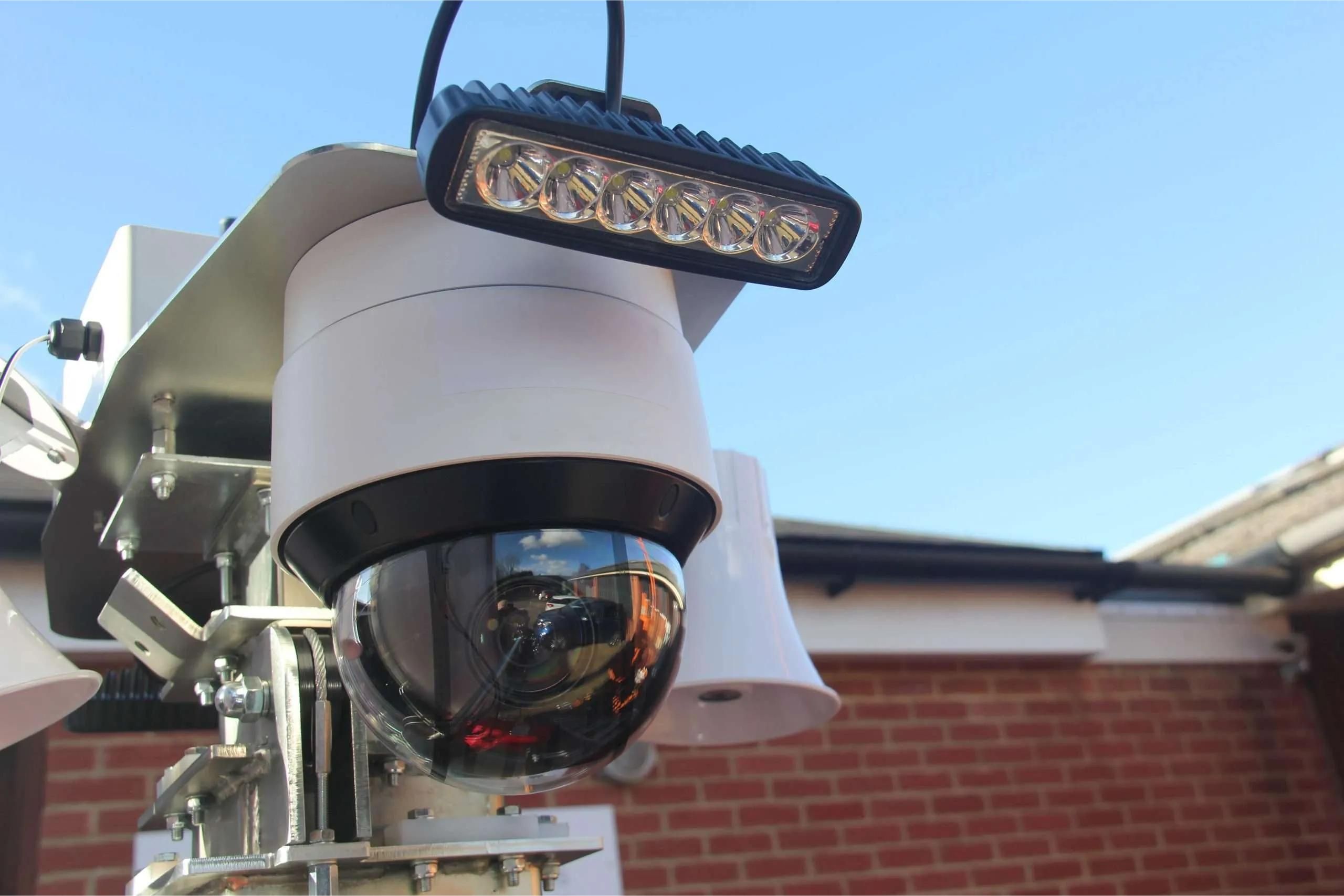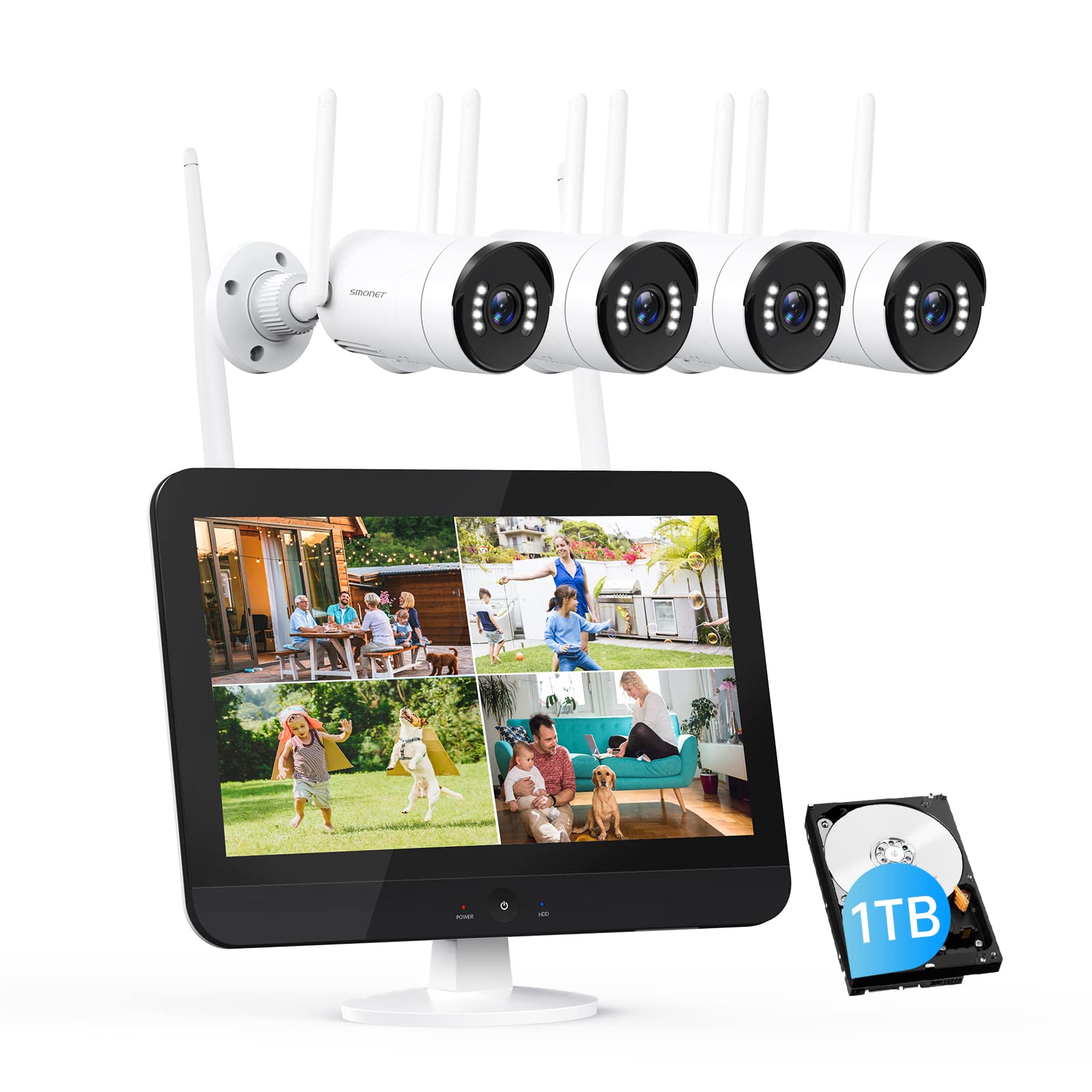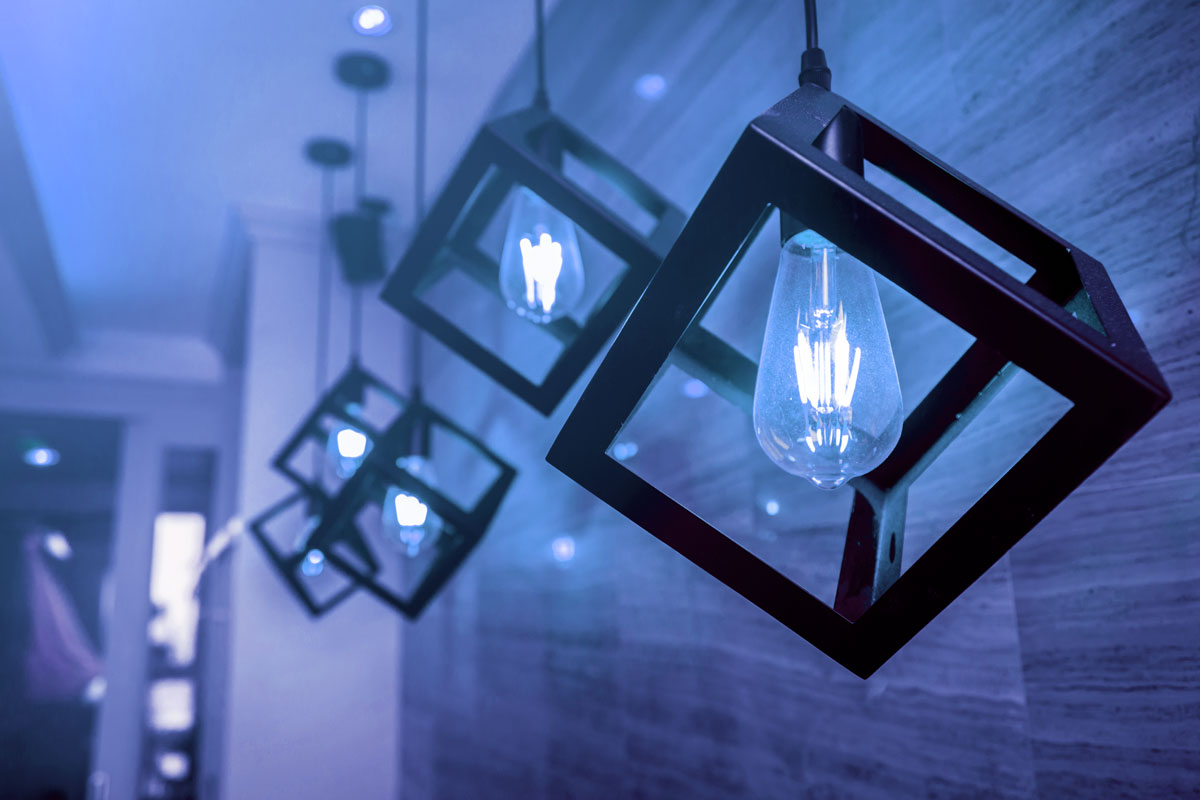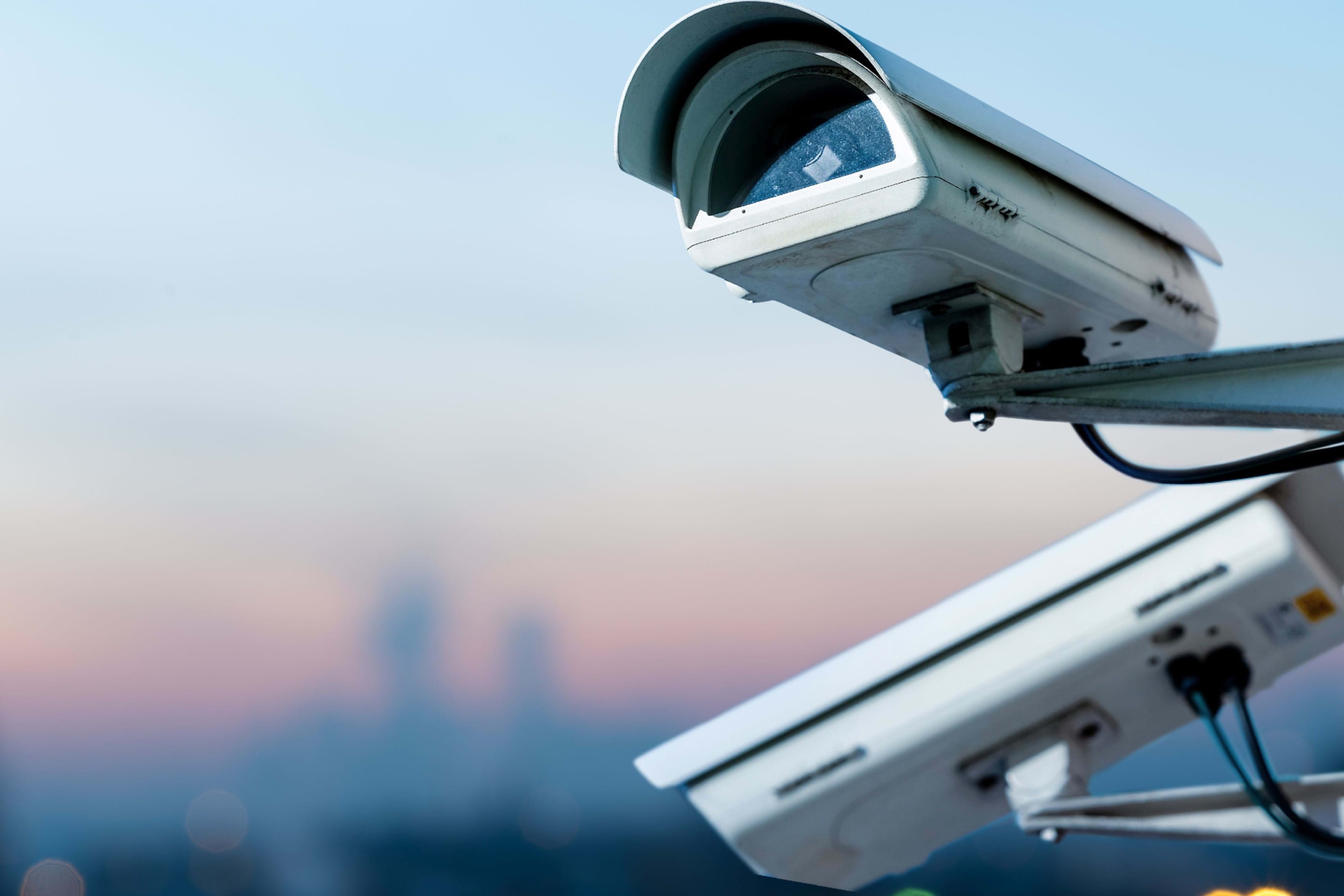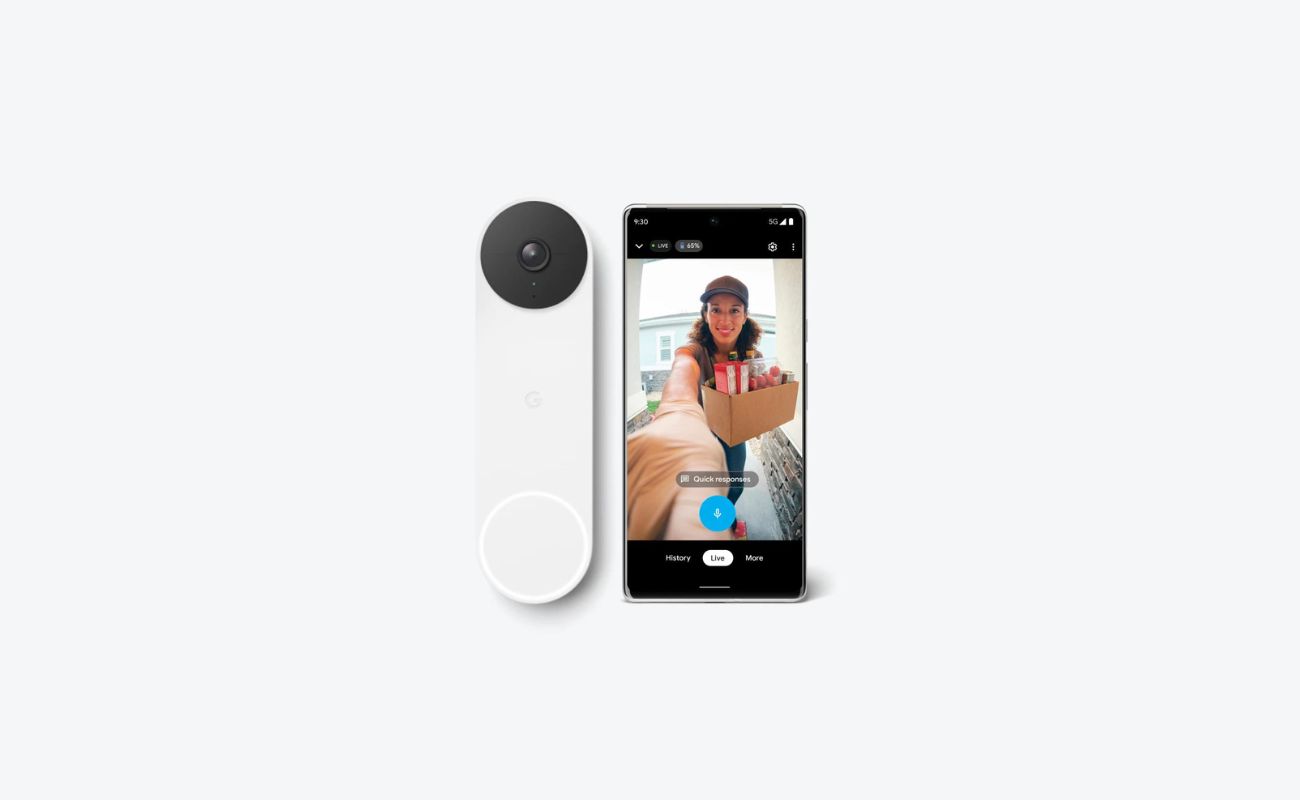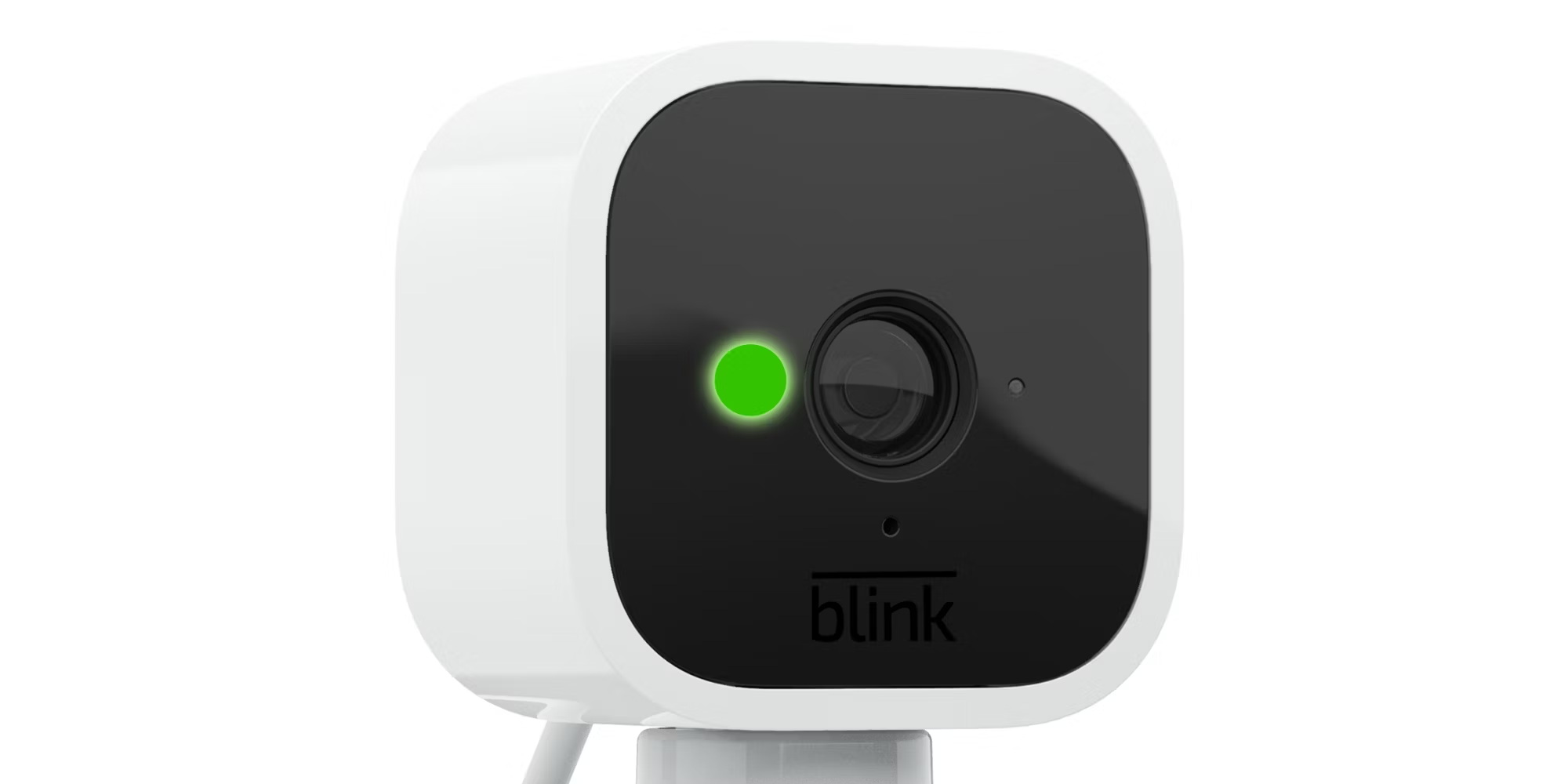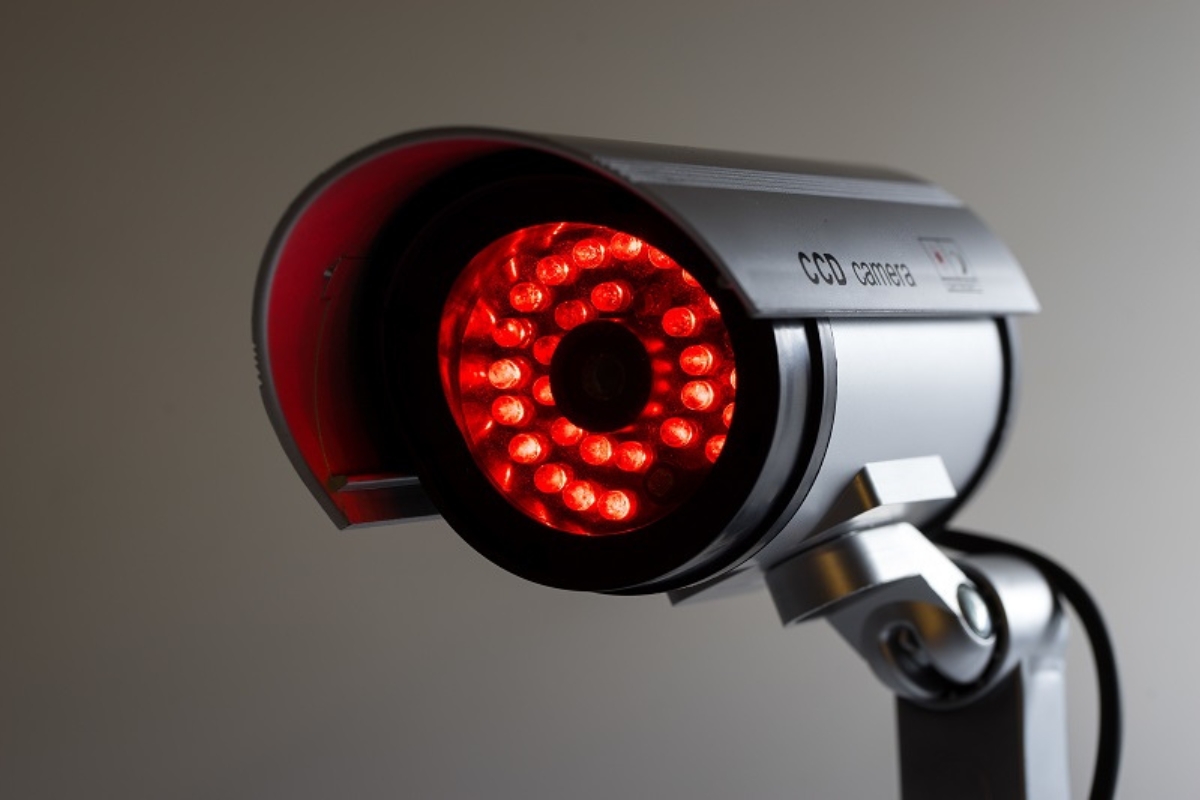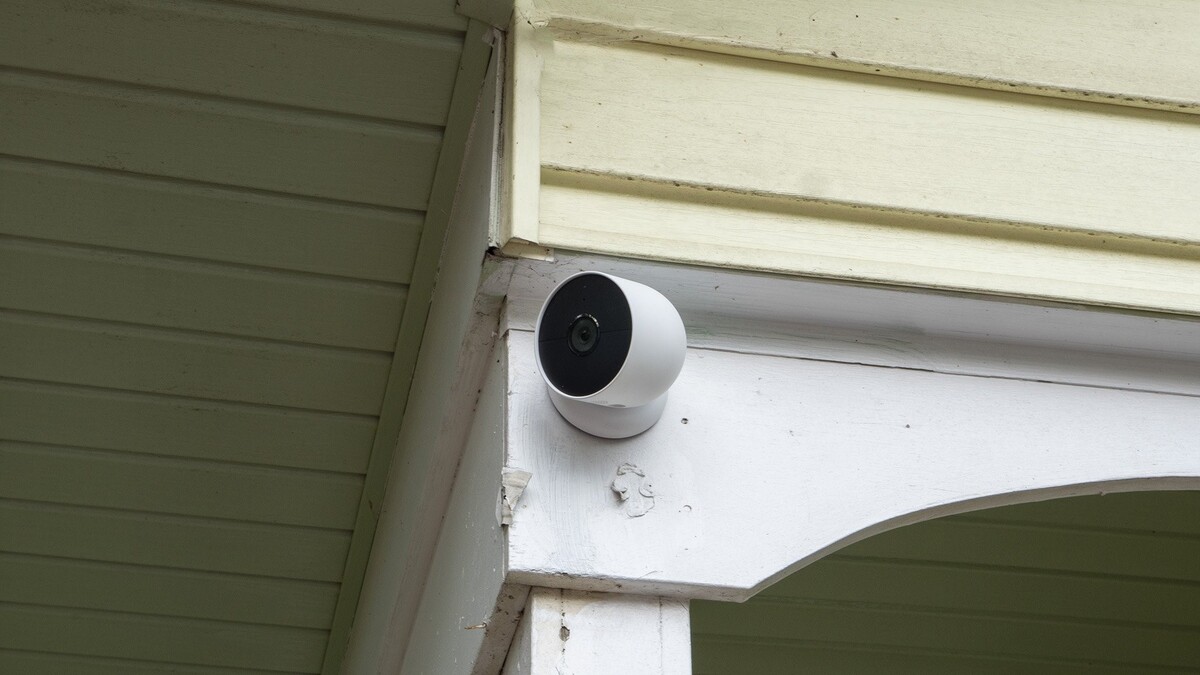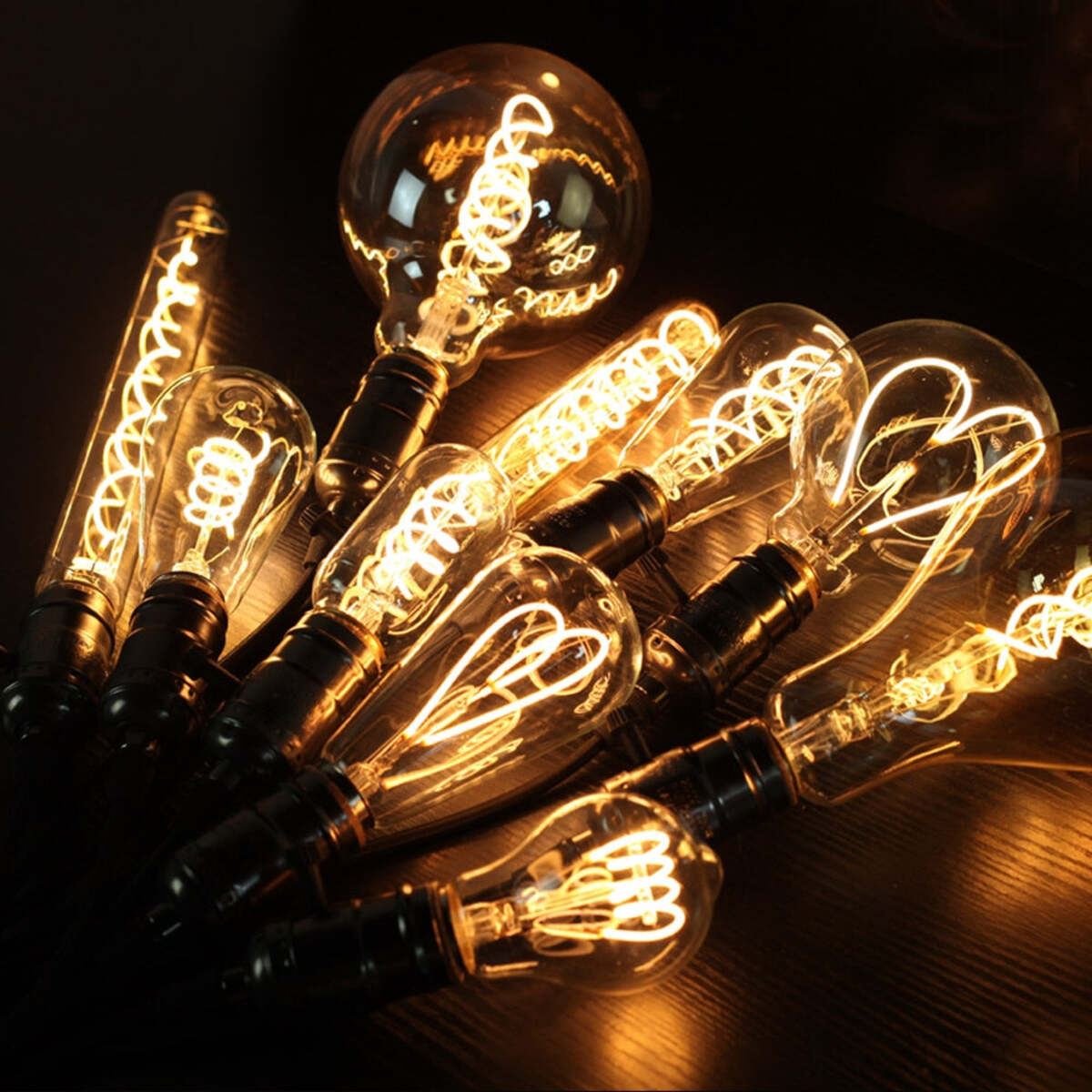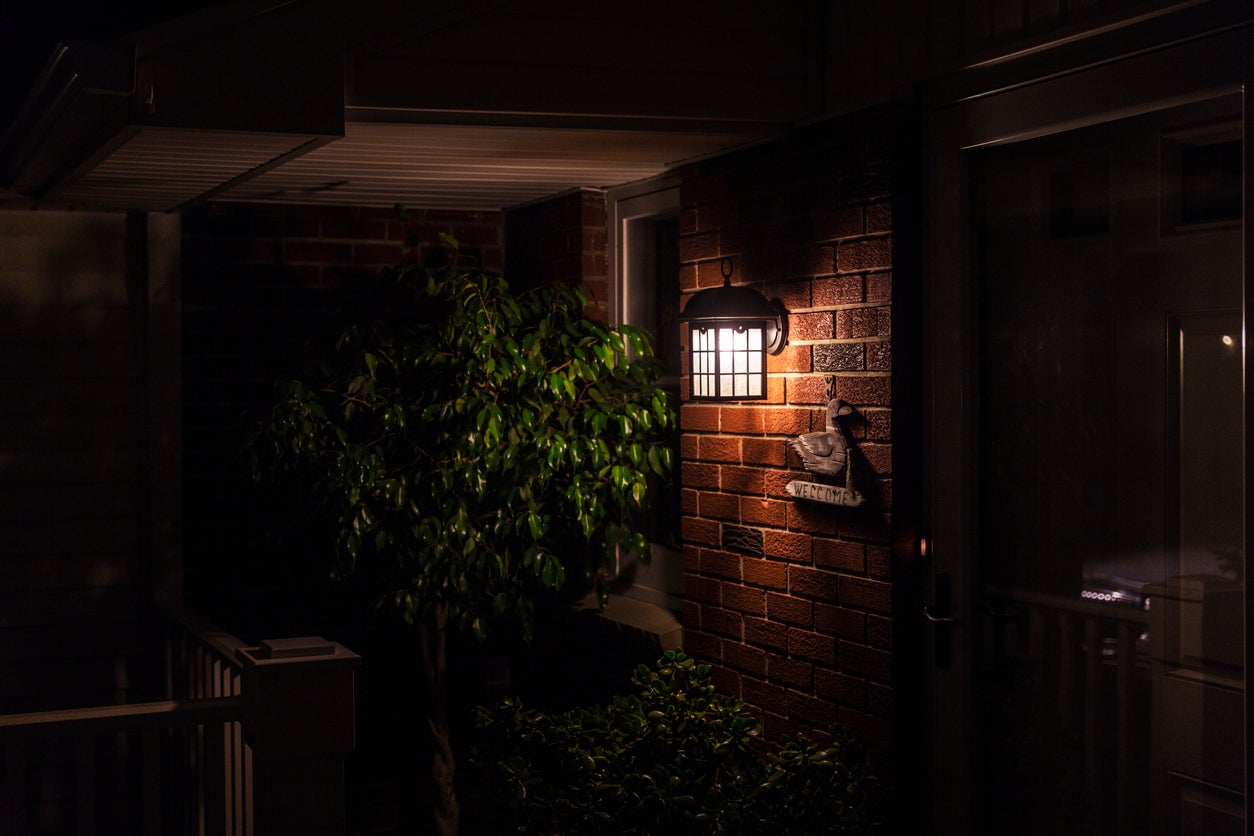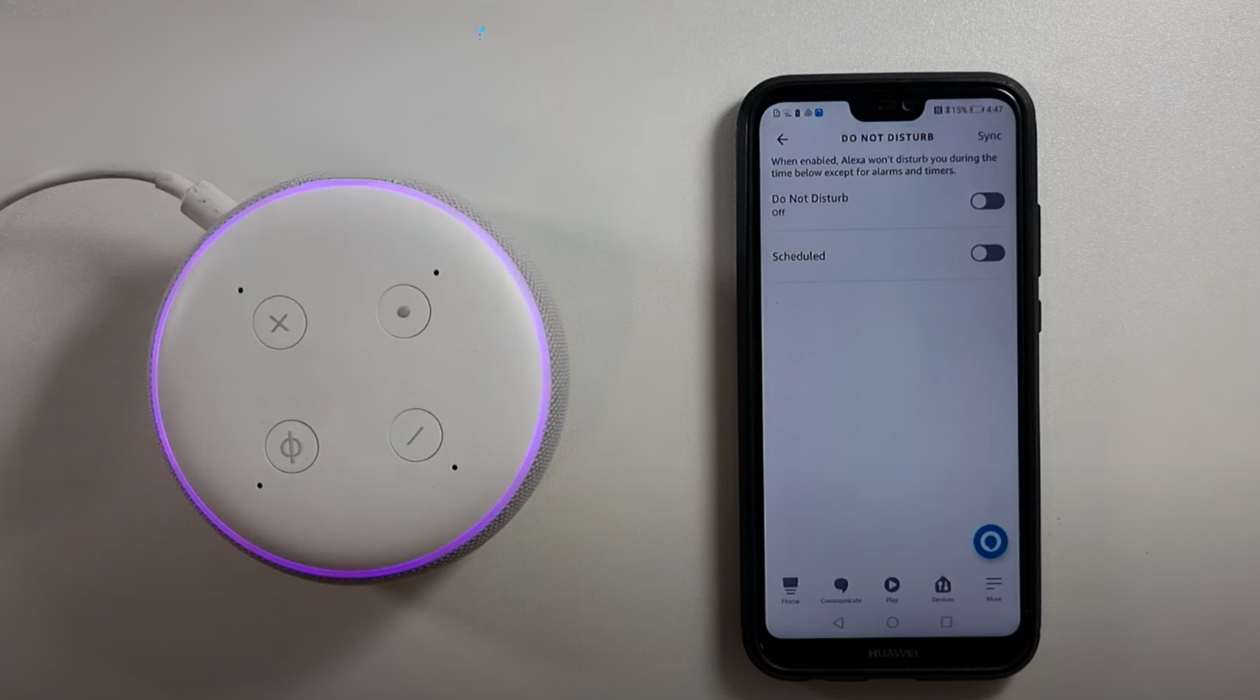Home>Home Security and Surveillance>What Does A Blue Light On A Security Camera Mean
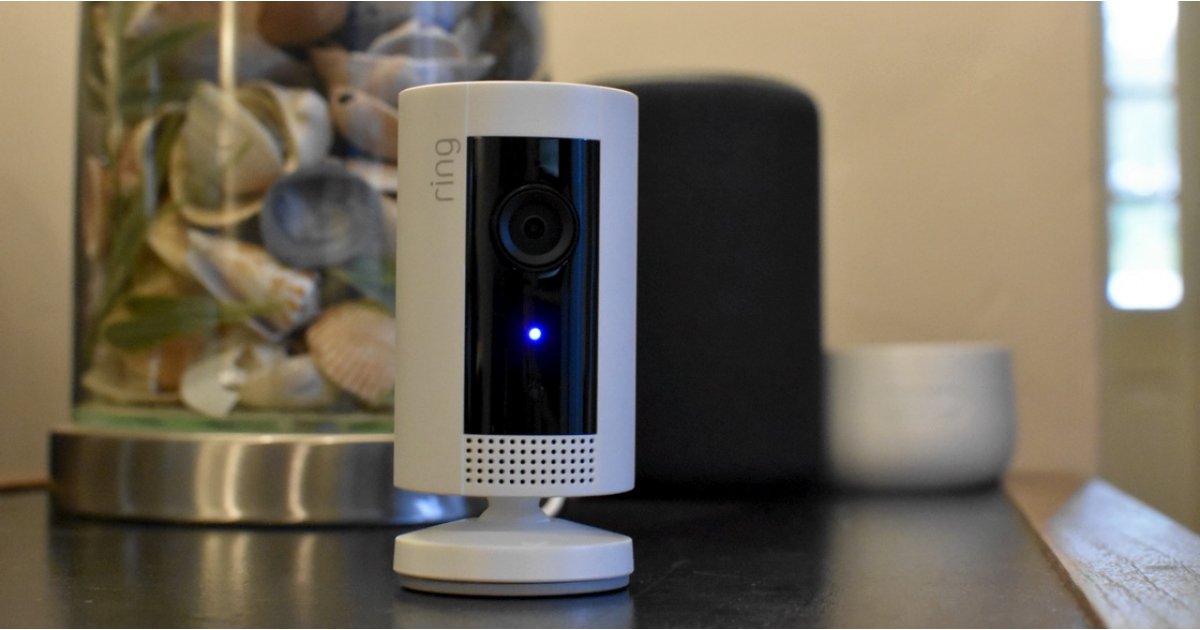

Home Security and Surveillance
What Does A Blue Light On A Security Camera Mean
Modified: May 6, 2024
Discover the meaning behind a blue light on a security camera and its significance for home security and surveillance. Increase your peace of mind with valuable insights.
(Many of the links in this article redirect to a specific reviewed product. Your purchase of these products through affiliate links helps to generate commission for Storables.com, at no extra cost. Learn more)
Introduction
Welcome to our comprehensive guide on home security and surveillance! In today’s world, ensuring the safety of our homes and loved ones is of utmost importance. As technology continues to advance, one of the most effective ways to protect our homes is through the use of security cameras. These devices not only act as a deterrent to potential intruders but also provide valuable evidence in case of any untoward incidents.
In this article, we will delve into the fascinating world of security cameras and focus on a specific indicator – the blue light. If you’ve ever noticed a blue light on a security camera and wondered about its meaning, you’ve come to the right place. We will explore the significance of the blue light, its reasons, benefits, and potential issues. Plus, we’ll provide you with some troubleshooting tips to address any problems that may arise.
So, let’s dive in and gain a deeper understanding of the blue light on a security camera.
Key Takeaways:
- The blue light on a security camera indicates active monitoring, deters intruders, and provides valuable information about the camera’s status, enhancing home security.
- Troubleshooting the blue light issue involves checking power and network connections, resetting the camera, updating firmware, and seeking manufacturer support for effective resolution.
Importance of Security Cameras
When it comes to home security, having a reliable surveillance system in place is crucial. Security cameras offer numerous benefits and play a vital role in safeguarding your property. Here are some reasons why security cameras are essential:
- Deterrence: The presence of security cameras alone can act as a powerful deterrent to potential thieves or intruders. The knowledge that their actions are being recorded significantly reduces the risk of criminal activity.
- Evidence: In the unfortunate event of a break-in or other security breach, having recorded footage from security cameras can provide crucial evidence for identifying the perpetrators and aiding in their apprehension.
- Remote Monitoring: With advancements in technology, many security cameras now offer remote monitoring capabilities. This means you can access live video feeds or recorded footage anytime, anywhere, using your smartphone, tablet, or computer. This is especially beneficial for frequent travelers or homeowners who want to keep an eye on their property while away.
- Insurance Benefits: Installing security cameras may also lead to reduced insurance premiums. Insurance companies typically offer discounts for homes equipped with surveillance systems since they reduce the risk of theft or damage.
- Peace of Mind: One of the greatest benefits of security cameras is the peace of mind they provide. Knowing that your home is under constant surveillance gives you a sense of security and allows you to relax, knowing you have taken proactive measures to protect your loved ones and valuables.
These are just a few reasons why security cameras are important for your home. Whether you live in a high-crime area or simply want to enhance the security of your property, installing a reliable surveillance system can bring you peace of mind and added protection.
Understanding Different Camera Indicators
Security cameras are equipped with various indicators that provide important information about their status and functioning. These indicators help users understand the camera’s current state and any potential issues that may need attention. Let’s take a closer look at some common camera indicators:
- Power Indicator: The power indicator is usually a small LED light that signifies whether the camera is receiving power. It is typically green or blue when the camera is powered on and may turn red or blink to indicate a power or connectivity issue.
- Recording Indicator: Some security cameras have a recording indicator that signals when the camera is actively recording video footage. This indicator can be a small red light on the camera itself or a symbol on the camera’s interface.
- Network Indicator: Many modern security cameras are connected to a network, either through Wi-Fi or Ethernet. The network indicator shows the camera’s connectivity status, whether it is successfully connected to the network or experiencing connectivity issues. It may be a steady green light when connected or a blinking light indicating a connection problem.
- Audio Indicator: Security cameras with audio capabilities may have an audio indicator to show if the audio is enabled or disabled. This indicator can be a small microphone symbol or a light that turns on when audio is being recorded.
- Motion Detection Indicator: Cameras with motion detection functionality often have an indicator that illuminates when motion is detected. It alerts you to the camera’s active monitoring and can be helpful in determining if any movement is occurring in the camera’s field of view.
It’s important to refer to the camera’s user manual or documentation provided by the manufacturer to understand the specific indicators and their meanings. This will help you interpret these indicators correctly and take appropriate action if any issues arise.
Now that we have a basic understanding of different camera indicators, let’s explore the meaning and significance of the blue light on a security camera in the next section.
Blue Light on a Security Camera: Meaning and Significance
The blue light on a security camera holds a specific meaning and significance. It is not just a random indicator but serves a purpose in indicating the camera’s status and functionality. Let’s explore the meaning and significance of the blue light:
1. Active Monitoring: The blue light on a security camera typically indicates that the camera is actively monitoring its surroundings. It serves as an indication that the camera is in operation and capturing video footage. It lets potential intruders know that they are being watched and might discourage them from attempting any illegal activities.
2. Visual Deterrent: The blue light also functions as a visual deterrent. Its presence can create a perception of increased security and surveillance, deterring individuals who might be considering trespassing or stealing. The blue light serves as a signal that the property is well-protected and monitored, making it less attractive to criminals.
3. Identification: The blue light can help distinguish a security camera from other devices or objects in the vicinity. It makes it easier for homeowners, residents, or visitors to identify the presence of a security camera, which is useful for maintaining awareness of surveillance and security measures.
It’s important to note that not all security cameras have a blue light indicator. Different camera models and manufacturers may use different colors or indicators to convey information. Therefore, it is crucial to refer to the camera’s documentation or user manual to understand the specific meanings of the indicator lights.
Now that we understand the meaning and significance of the blue light on a security camera, let’s explore the potential reasons why a blue light may be present.
Reasons for a Blue Light on a Security Camera
The presence of a blue light on a security camera can be attributed to various reasons. Let’s explore some of the common reasons why a security camera may have a blue light:
- Power Status: The blue light on a security camera may simply indicate that the camera is receiving power and is turned on. It serves as a visual confirmation that the camera is operational and ready for monitoring.
- Active Recording: A blue light on a security camera can also indicate that the camera is actively recording video footage. When the camera detects motion or is triggered by certain events, it starts recording and the blue light might turn on to signify the recording process.
- Network Connectivity: In some cases, the blue light on a security camera may indicate a successful connection to the network. If the camera is connected to a Wi-Fi network or an Ethernet cable, the blue light can show that the camera is successfully connected and able to transmit data.
- Manufacturer Design: The use of a blue light on a security camera can also be a deliberate design choice by the manufacturer. Different manufacturers may select different colors for their indicator lights, and a blue light may have been chosen to signify functionality, visibility, or aesthetics.
It’s important to note that the reasons for a blue light on a security camera can vary depending on the specific model and manufacturer. Therefore, it is always recommended to refer to the camera’s documentation or consult the manufacturer to understand the exact meaning and significance of the blue light for your specific camera.
Now that we’ve explored the reasons for a blue light on a security camera, let’s move on to discussing the benefits of having a blue light indicator.
A blue light on a security camera usually indicates that the camera is functioning properly and is actively recording. If you see a blue light, it means the camera is on and monitoring the area.
Read more: What Does The Blue Light On Alexa Mean
Benefits of a Blue Light on a Security Camera
The blue light on a security camera serves several beneficial purposes. Let’s explore some of the advantages of having a blue light indicator:
- Deterrence: The presence of a blue light on a security camera acts as a visual deterrent to potential intruders. It signals that the area is under surveillance and increases the perceived risk of getting caught. This can significantly reduce the likelihood of criminal activities occurring on your property.
- Visibility: The blue light makes the security camera easily visible and helps individuals identify its presence. This is particularly important for residents, visitors, and potential intruders, as it reminds them that they are being monitored and discourages any unauthorized actions.
- Awareness: The blue light indicator serves as a reminder to homeowners and occupants that their property is under protection. It fosters a sense of security and awareness, instilling confidence that proactive security measures are in place.
- Information: The blue light provides valuable information about the camera’s status at a glance. Homeowners or security personnel can quickly determine if the camera is operational and actively monitoring the area. This can be beneficial in ensuring that the camera is functioning correctly and capturing accurate footage.
- Integration: The blue light on a security camera can often be integrated into an overall home security system. It can be synchronized with other security measures, such as alarm systems or motion sensors, to create a comprehensive and cohesive security setup.
These benefits highlight the significance of a blue light indicator on a security camera. It not only enhances the security of your property but also creates a visible deterrent that can help prevent criminal activities.
While the blue light offers various advantages, it’s essential to be aware of any potential issues that may arise. Let’s explore some of the potential issues associated with the blue light on a security camera.
Potential Issues with a Blue Light on a Security Camera
Although the blue light on a security camera is generally beneficial, there are a few potential issues that may arise. Let’s explore some of the common challenges associated with the blue light:
- Visibility at Night: The blue light on a security camera may not be as visible during nighttime or low-light conditions. This can reduce its effectiveness as a visual deterrent, as potential intruders may not notice the light or interpret it correctly. It’s important to consider other forms of lighting or signage to ensure maximum visibility and deterrence.
- False Sense of Security: Depending solely on a blue light indicator may create a false sense of security. Visible security measures, such as surveillance cameras, should be complemented with other security measures like alarms, locks, and proper external lighting. This multi-layered approach provides a more comprehensive security system.
- Target for Tampering: The blue light can attract attention and become a target for tampering or vandalism. Potential intruders might try to disable or cover the light to avoid detection. It’s essential to place the security cameras in strategic locations and ensure they are well-protected to minimize the risk of tampering.
- Light Pollution Concerns: In certain areas or neighborhoods, there may be local regulations or concerns regarding light pollution. The constant illumination from security camera indicator lights, including the blue light, can contribute to light pollution. It’s important to be mindful of local regulations and adjust the camera’s settings or position to minimize any harmful impact.
By being aware of these potential issues, you can take appropriate measures to address them and maximize the effectiveness of the blue light indicator on your security camera.
Now that we’ve explored the potential issues, let’s move on to learning how to troubleshoot a blue light issue if it arises.
How to Troubleshoot a Blue Light Issue
If you encounter any issues with the blue light on your security camera, here are some troubleshooting steps you can take:
- Check Power Connection: Ensure that the camera is properly connected to a power source. Make sure the power cable is securely plugged in, and there is no issue with the power outlet or the power adapter. A loose connection or power interruption can cause the blue light to go off.
- Verify Network Connectivity: If your camera is connected to a network, ensure that it has a stable and active connection. Check your Wi-Fi settings and ensure that the camera is connected to the correct network. If using an Ethernet cable, ensure it is properly connected and there are no connectivity issues with your router or modem.
- Reset Camera: If you’re experiencing persistent issues with the blue light, try resetting your camera to its default settings. Refer to the camera’s user manual or contact the manufacturer for instructions on how to perform a reset. Keep in mind that resetting the camera will erase any customized configurations, so be prepared to reconfigure it after performing the reset.
- Update Firmware or Software: Check if there are any available firmware or software updates for your security camera. Outdated firmware or software can cause various issues, including problems with indicator lights. Follow the manufacturer’s instructions to update the firmware or software, ensuring you are using the latest version.
- Contact Manufacturer Support: If the above troubleshooting steps do not resolve the blue light issue, it’s recommended to reach out to the manufacturer’s customer support. They will have the expertise to guide you through specific troubleshooting steps for your camera model and provide further assistance or warranty support if needed.
Remember, it’s important to consult the camera’s documentation and follow the manufacturer’s recommendations for troubleshooting to ensure proper handling of any issues that may arise.
To wrap up, the blue light on a security camera serves a meaningful purpose, indicating the camera’s status, functioning as a visual deterrent, and providing essential information. While potential issues may arise, they can be addressed by taking appropriate measures. By understanding the meaning, significance, and troubleshooting steps associated with the blue light, you can maximize the effectiveness and reliability of your security camera system.
With this knowledge in hand, you can confidently maintain the safety and security of your home and loved ones. Stay vigilant, and may your home always be protected.
Conclusion
Security cameras play a crucial role in protecting our homes and belongings. The blue light on a security camera holds significance as an indicator of its status and functionality. It serves as a visual deterrent, provides valuable information, and contributes to overall security awareness.
Understanding the meaning and potential issues associated with the blue light enables us to make the most of our security camera system. The blue light’s presence helps deter potential intruders, enhances visibility, and fosters a sense of security for homeowners and occupants.
While the blue light offers numerous benefits, it’s important to remember that it is just one aspect of a comprehensive home security setup. Complementing security cameras with other measures such as alarms, locks, and proper lighting ensures a multi-layered approach to home security.
If you encounter any issues with your blue light indicator, troubleshooting steps such as checking power connections, verifying network connectivity, and updating firmware can help resolve them. Remember to consult the camera’s documentation and reach out to the manufacturer’s support if needed.
By harnessing the power of security cameras, including their blue light indicators, we can create a safer environment for our homes and loved ones. Taking proactive measures to protect our properties not only deters criminal activities but also provides peace of mind and a sense of security.
In conclusion, the blue light on a security camera is a valuable tool that contributes to the overall effectiveness of our home security systems. Leveraging its benefits and addressing any potential issues ensures a robust and reliable surveillance setup for our homes.
Stay vigilant, stay safe, and may your home always be protected.
Curious about other aspects of home security technology? Dive into our next feature, which sheds light on how bright night vision cameras are. You'll get a clear view of how these devices perform in the darkest environments, ensuring you're never left in the dark about your property’s safety measures. Perfect for anyone looking to enhance their home surveillance system, this engaging read offers practical insights into the capabilities and advantages of using night vision technology in security cameras.
Frequently Asked Questions about What Does A Blue Light On A Security Camera Mean
Was this page helpful?
At Storables.com, we guarantee accurate and reliable information. Our content, validated by Expert Board Contributors, is crafted following stringent Editorial Policies. We're committed to providing you with well-researched, expert-backed insights for all your informational needs.
